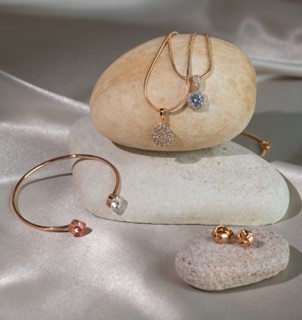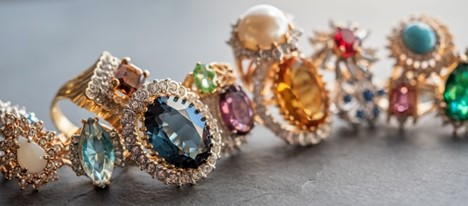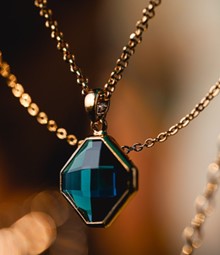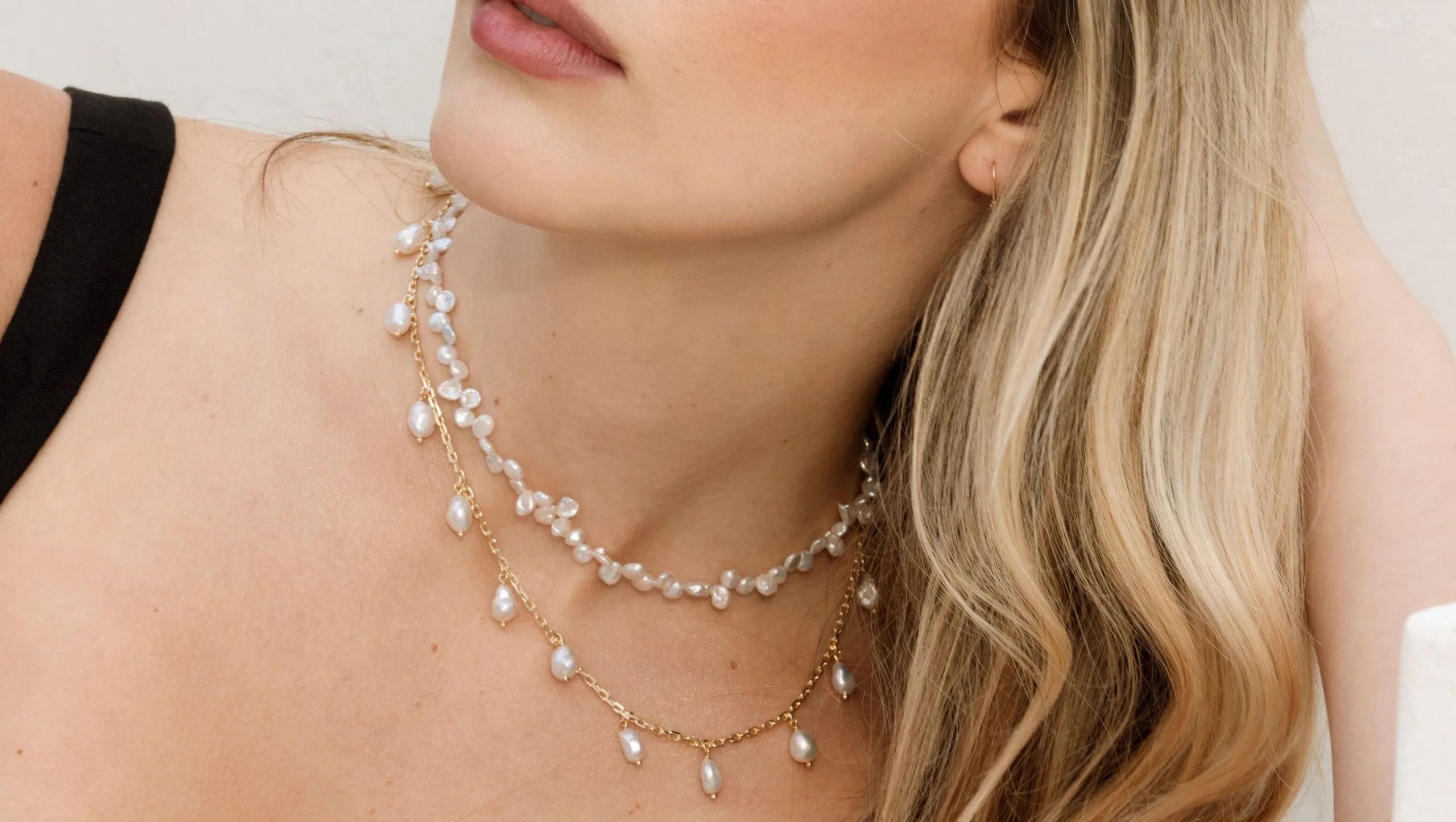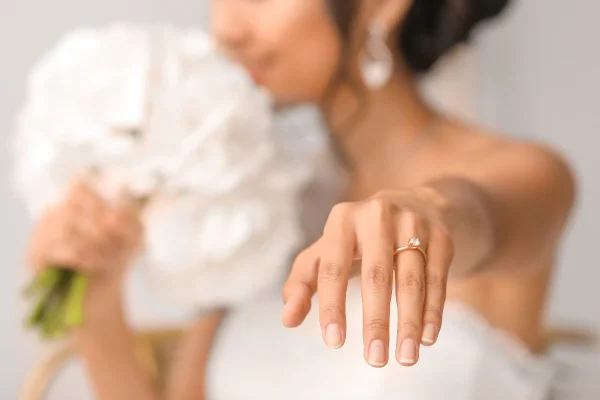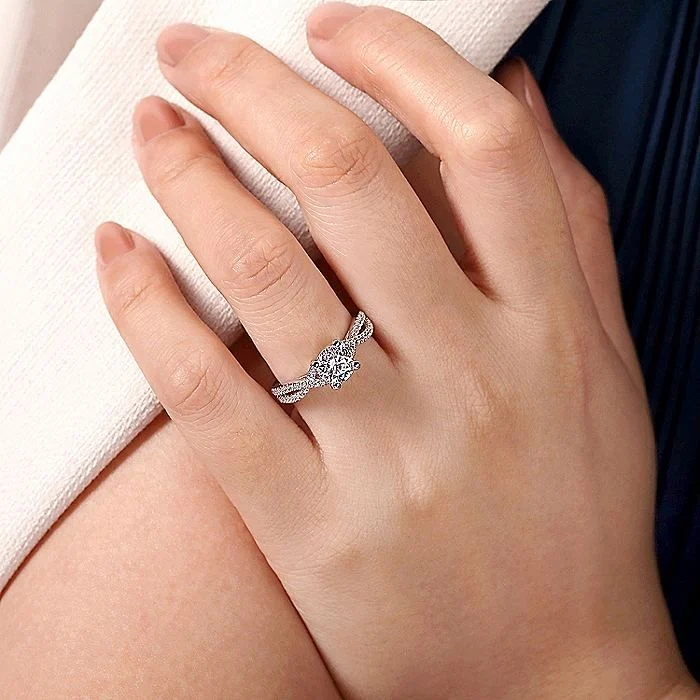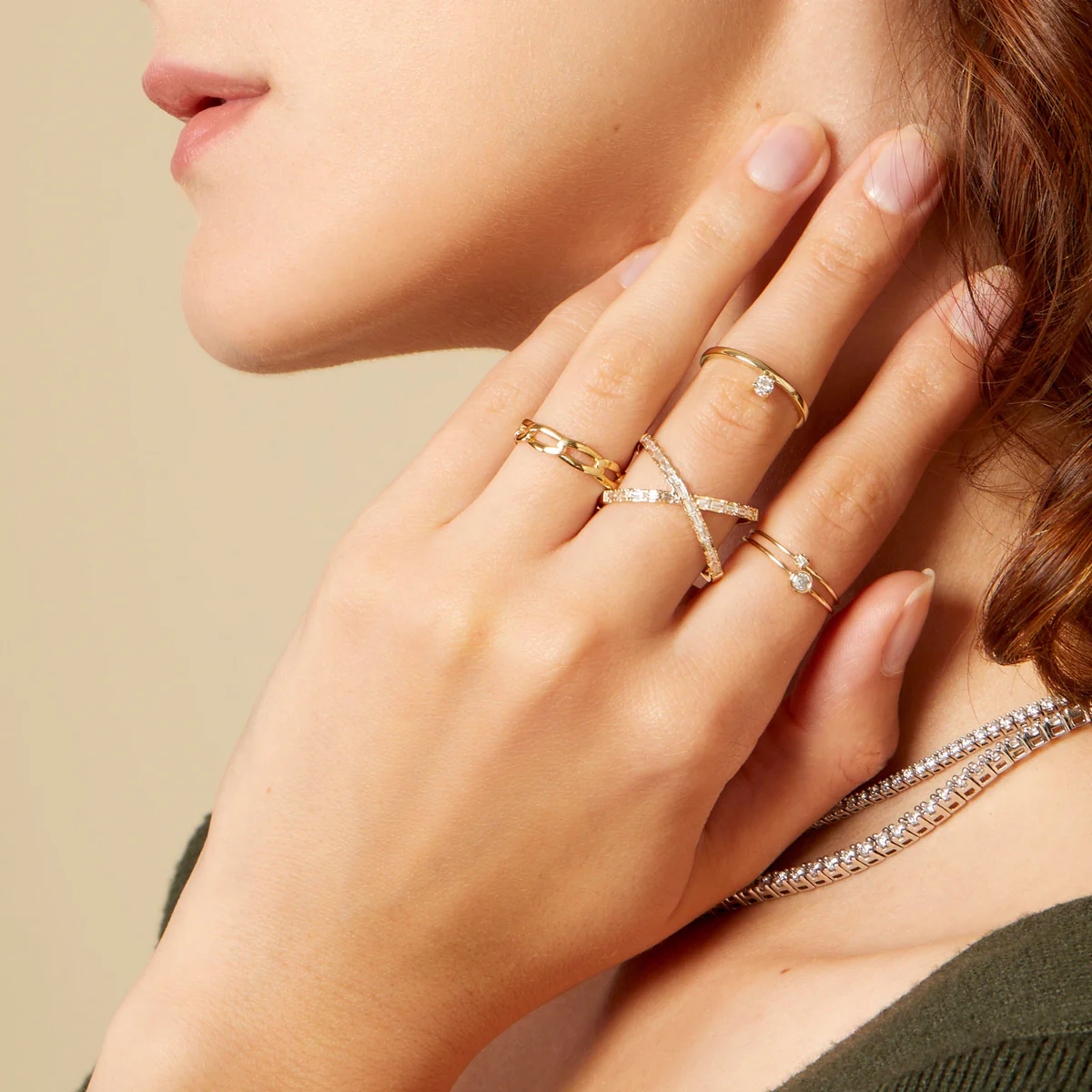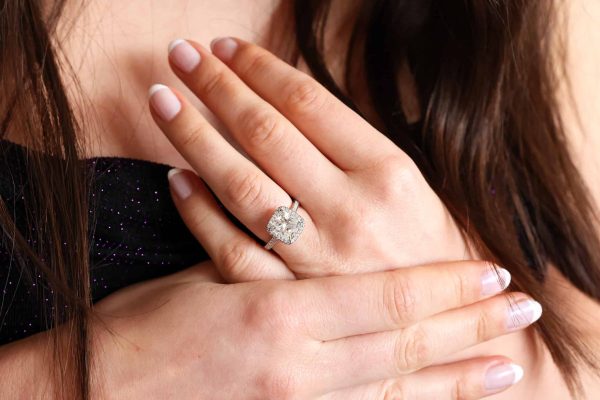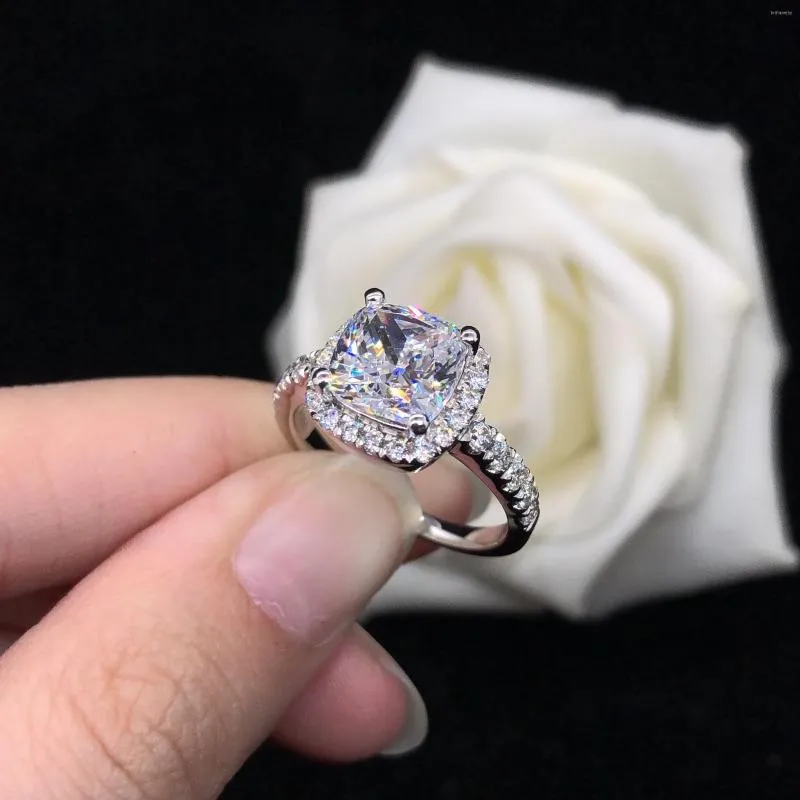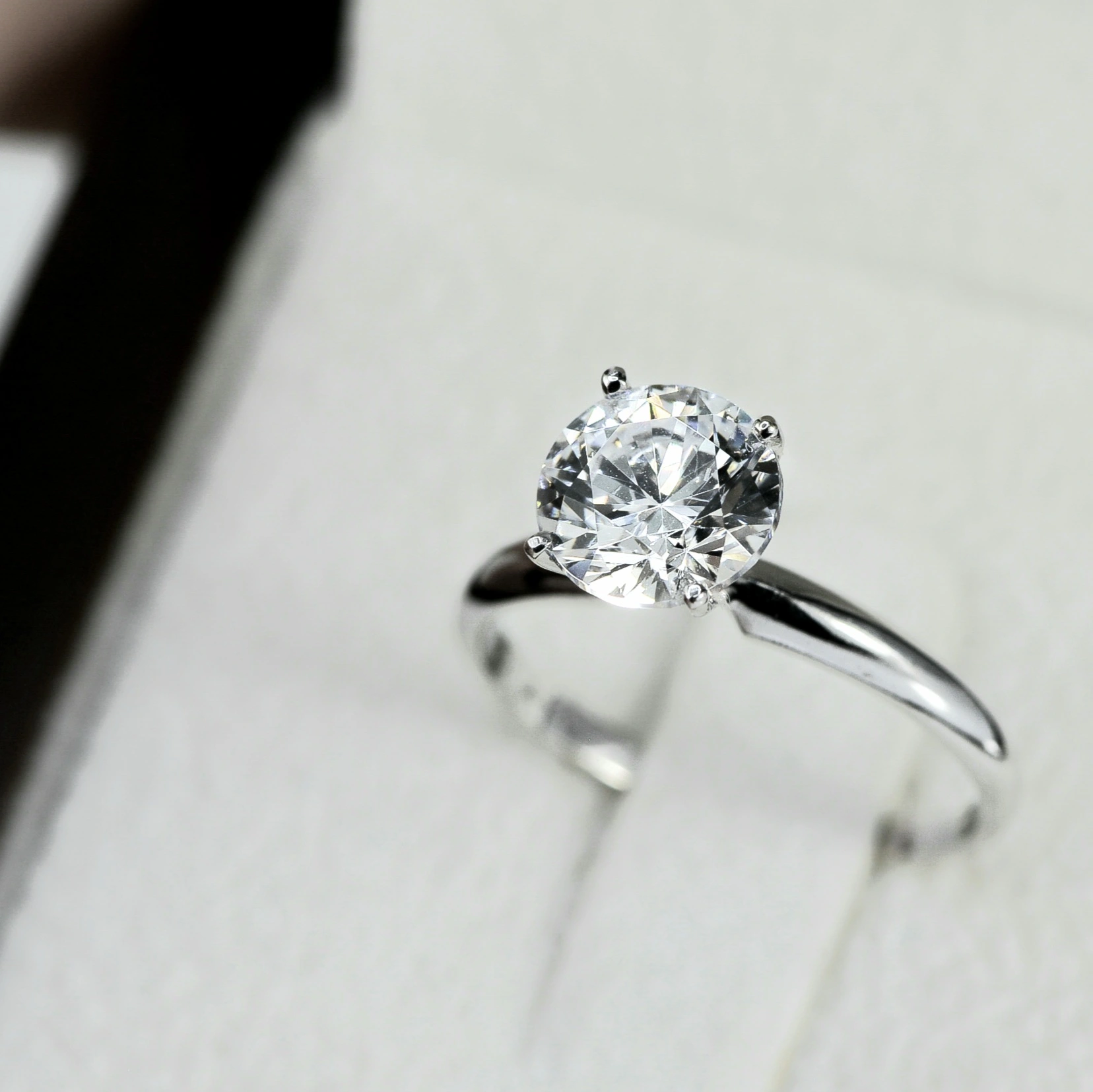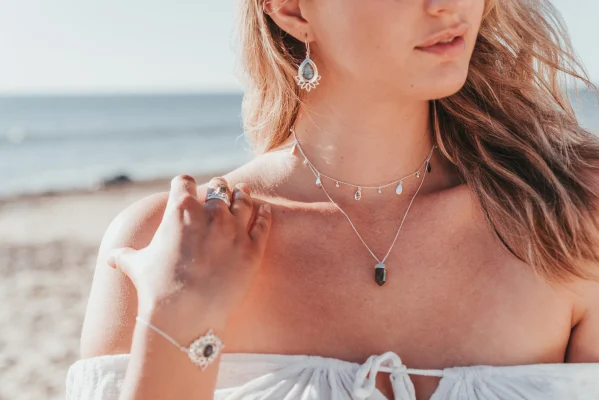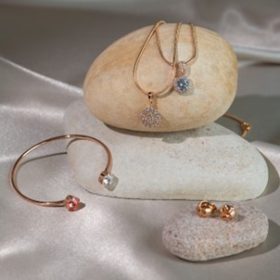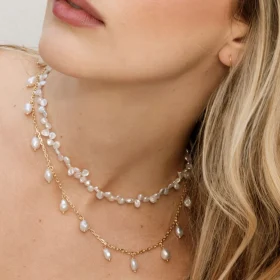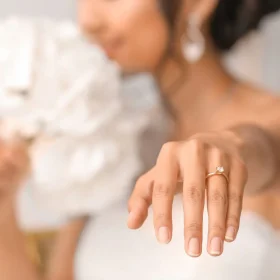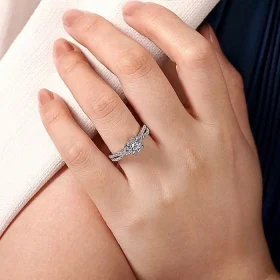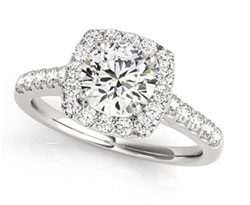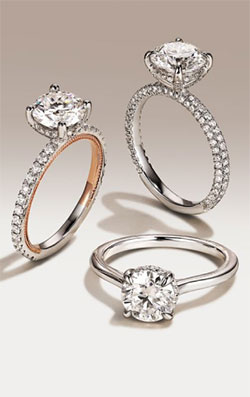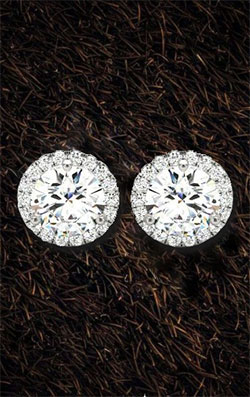Jewelry has long been a symbol of luxury, elegance, and personal expression, and custom-made engagement rings are no exception. From ancient civilizations to modern-day fashion, custom jewelry allows individuals to create unique pieces that reflect their personality, commemorate significant milestones, or simply add a touch of elegance to any ensemble. The process of designing rings and other jewelry combines a beautiful blend of artistry, craftsmanship, and personal sentiment, making it a deeply rewarding experience for both the designer and the wearer.
In this article, we’ll explore the various aspects of designing custom pieces, from concept to creation, and provide insights into how we can create one-of-a-kind pieces that tell a personal story and stand the test of time.
The Design Process
The journey to creating custom jewelry begins with an idea – a vision of the piece that the client wants to bring to life. Whether it’s an wedding ring, a family heirloom, or a unique fashion accessory, designing custom jewelry involves several steps to ensure the final product is nothing short of extraordinary.
Concept and Inspiration
The first step in any design is to gather inspiration. Our designers work closely with clients to understand their preferences, tastes, and the meaning behind the piece they want to create. Clients may bring in old family heirlooms, photographs, or specific details they want to incorporate, such as birthstones, specific gemstones, or meaningful symbols.
Some clients may have a clear idea of what they want, while others may look to the designer for guidance. The designer’s role here is to listen attentively and offer creative ideas that might align with the client’s vision, while also considering factors like wearability, practicality, and overall design aesthetics.
Designers may draw inspiration from nature, art, history, architecture, or even personal stories. For instance, a custom necklace could incorporate the client’s favorite flower, while an engagement ring might feature a gemstone that holds sentimental value, such as a diamond passed down through generations. This phase is about capturing the essence of the client’s desires and translating them into a design that is both visually stunning and meaningful.
Sketching and Conceptualization
Once the inspiration is gathered, the designer begins the sketching process. Hand-drawn sketches or computer-aided design (CAD) models are used to bring the concept to life. During this phase, the designer explores different styles, shapes, and compositions, experimenting with various materials and gemstone placements.
In this stage, it’s common for the client to be involved in reviewing the sketches, providing feedback, and suggesting any changes. For example, a client may want to adjust the size of a gemstone, alter the shape of a ring band, or select a different metal. This collaboration ensures that the piece aligns with the client’s vision before moving on to the next phase.
Material Selection
Choosing the right materials is a crucial step in designing custom jewelry. The materials selected not only influence the overall look of the piece but also impact its durability, weight, and cost. Precious metals like gold, platinum, and silver are often the foundation of custom jewelry, but the choice of metal can depend on the client’s preferences, lifestyle, and budget.
Gold, for example, comes in different karats (such as 14K or 18K), each offering different levels of purity and color. Yellow gold, white gold, and rose gold are popular choices for engagement rings, while platinum is favored for its durability and hypoallergenic properties. As of February 3, 2025, gold prices have experienced a slight decline. Spot gold is trading at approximately $2,784.30 per ounce, down 0.6% from the previous session. U.S. gold futures have also decreased by 0.7%, settling at $2,815.20.
Gemstones are equally important in the design process. Diamonds are a classic choice for engagement rings and other fine jewelry, but colored gemstones like sapphires, emeralds, rubies, and even more unconventional stones like opals or aquamarine can be incorporated into custom pieces. The size, shape, and color of the gemstone can drastically change the design’s aesthetic, allowing the designer to create a truly one-of-a-kind piece.
Crafting and Manufacturing
Once the design and materials are finalized, the jewelry piece moves into the crafting and manufacturing stage. This is where the magic happens—where raw materials are transformed into a wearable work of art. Jewelry designers use a variety of techniques, including casting, handcrafting, engraving, and stone setting, to bring the design to life.
In some cases, the designer will handcraft each element of the piece, carefully shaping and polishing the metal, setting the gemstones, and adding intricate details that give the piece character. In other cases, especially for more intricate designs, the piece may be cast in metal molds using modern techniques like 3D printing.
The setting of gemstones is a critical part of the manufacturing process. Depending on the design, gemstones may be set using prongs, bezels, or pavé settings. The designer’s expertise ensures that each stone is securely placed, enhancing its beauty while also ensuring it will last for years to come.
Finishing Touches and Quality Control
After the piece is crafted, it undergoes a final round of finishing touches. This includes polishing, engraving, and cleaning the piece to ensure that it is perfect. The jewelry is carefully inspected for any flaws, ensuring that it meets the designer’s high standards for quality.
Engraving can be used to personalize the piece further, whether by adding a meaningful date, initials, or a short message. This small detail can make the piece even more special to the wearer, adding a layer of sentiment to the design.
Presentation and Delivery
Finally, after the custom piece has been completed and inspected, it is carefully packaged and presented to the client. The presentation is an essential part of the experience, as custom jewelry is often a sentimental and emotional investment. Whether it’s presented in a velvet box or a personalized gift wrap, the delivery adds to the overall experience of receiving a custom piece.
Why Choose Custom Jewelry?
Choosing to design custom jewelry offers several advantages over buying off-the-shelf pieces. Not only does it allow the wearer to have a one-of-a-kind creation, but it also ensures that the piece is made to fit their exact specifications, whether in terms of size, metal choice, or gemstone preference. Additionally, custom jewelry holds sentimental value, especially when it is designed to commemorate an important event or serve as a family heirloom.
Custom jewelry also allows for complete creative freedom. If you have a vision for a piece that doesn’t exist in stores, a custom design allows you to bring that vision to life. Whether you are designing a wedding ring, a necklace, or a bracelet, working with a skilled designer ensures that the end result is something truly special.
Conclusion
Designing custom jewelry is a blend of creativity, skill, and personal expression. From the initial concept and inspiration to the final product, every step in the process is an opportunity to create something extraordinary. Whether you want to design a meaningful piece for yourself or for a loved one, custom jewelry allows you to craft a timeless work of art that will be cherished for years to come. With the right designer and materials, the possibilities are endless.





